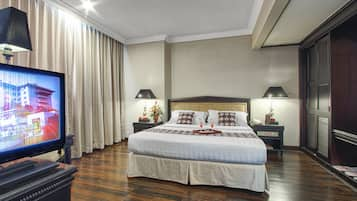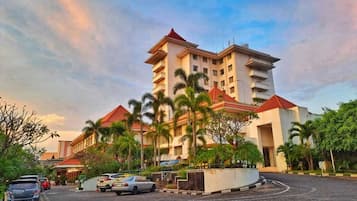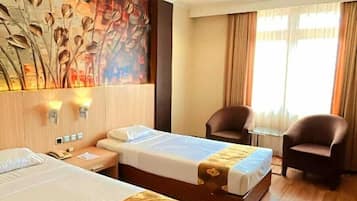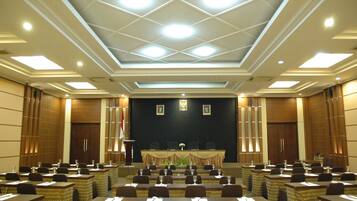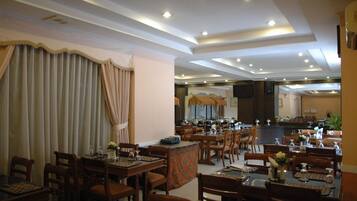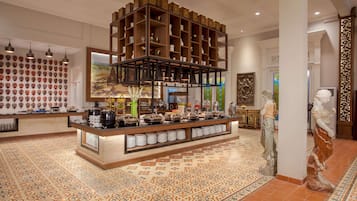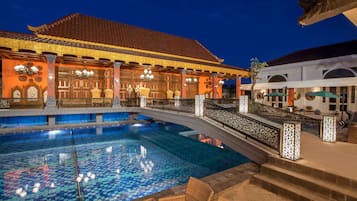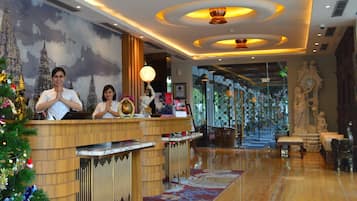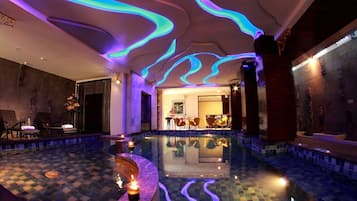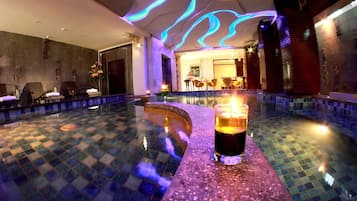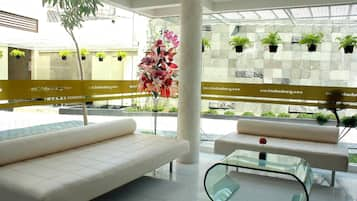Discover top Surakarta attractions
Surakarta, also known as Solo, is a paradise of cultural experiences and activities that will captivate travelers seeking both adventure and quality. Begin your journey at the stunning Keraton Surakarta, the royal palace that showcases traditional Javanese architecture and rich history, where you can witness the vibrant cultural performances that bring the past to life. Just a short stroll away, you can explore the bustling Pasar Klewer, one of the largest batik markets in Indonesia, where you can immerse yourself in the local craftsmanship and perhaps even pick up a unique piece as a memento of your visit. For nature enthusiasts, the serene Taman Balekambang park offers lush landscapes perfect for a leisurely family picnic or a peaceful afternoon stroll among vibrant flowers and sculptures. Don't miss the chance to visit the historic Sangiran Early Man Site, a UNESCO World Heritage site, which provides a fascinating glimpse into ancient human history and evolution. Finally, indulge your taste buds at the local street food stalls, where you can savor traditional dishes like Soto Surakarta and Serabi, offering both authenticity and delightful flavors. For accommodation, consider staying in the vibrant city center, where upscale hotels like The Sunan Hotel provide modern comforts and attentive service, ensuring a pampered experience after your adventurous outings. The central location also allows for easy access to various attractions, making your exploration of Surakarta both convenient and enjoyable.
![At the museum no photos are allowed which is really unfortunate as it was well worth the visit and the guided tour is definitely not to be missed. In the museum there are even Batik made from the Dutch era which depicts stories like Little Red Riding Hood and Snow White!
I enjoyed the tour v much and at the end of the tour we were brought to this room where the artisan were working on hand drawn batik.
Below is an excerpt from Wikipedia for anyone interested in learning more about the process of batik making.
Firstly, a cloth is washed, soaked and beaten with a large mallet. Patterns are drawn with pencil and later redrawn using hot wax, usually made from a mixture of paraffin or bees wax, sometimes mixed with plant resins, which functions as a dye-resist. The wax can be applied with a variety of tools. A pen-like instrument called a canting (IPA: [tʃantiŋ], sometimes spelled with old Dutch orthography tjanting) is the most common. A canting is made from a small copper reservoir with a spout on a wooden handle. The reservoir holds the resist which flows through the spout, creating dots and lines as it moves. For larger patterns, a stiff brush may be used. Alternatively, a copper block stamp called a cap (IPA: [tʃap]; old spelling tjap) is used to cover large areas more efficiently.
After the cloth is dry, the resist is removed by scraping or boiling the cloth. The areas treated with resist keep their original color; when the resist is removed the contrast between the dyed and undyed areas forms the pattern. This process is repeated as many times as the number of colors desired.
The most traditional type of batik, called batik tulis (written batik), is drawn using only the canting. The cloth need to be drawn on both sides and dipped in a dye bath three to four times. The whole process may take up to a year; it yields considerably finer patterns than stamped batik.
Source: Wikipedia](https://images.trvl-media.com/place/6224808/26fd1460-c65a-4c1a-9444-7a893e883ac9.jpg?impolicy=fcrop&w=1200&h=500&q=medium)

